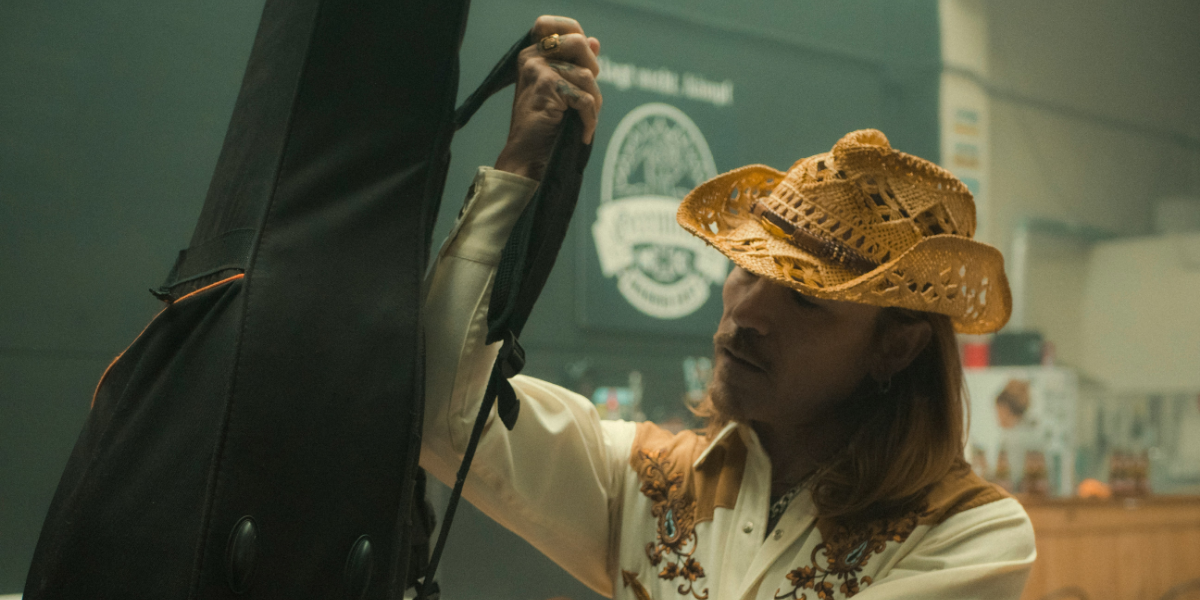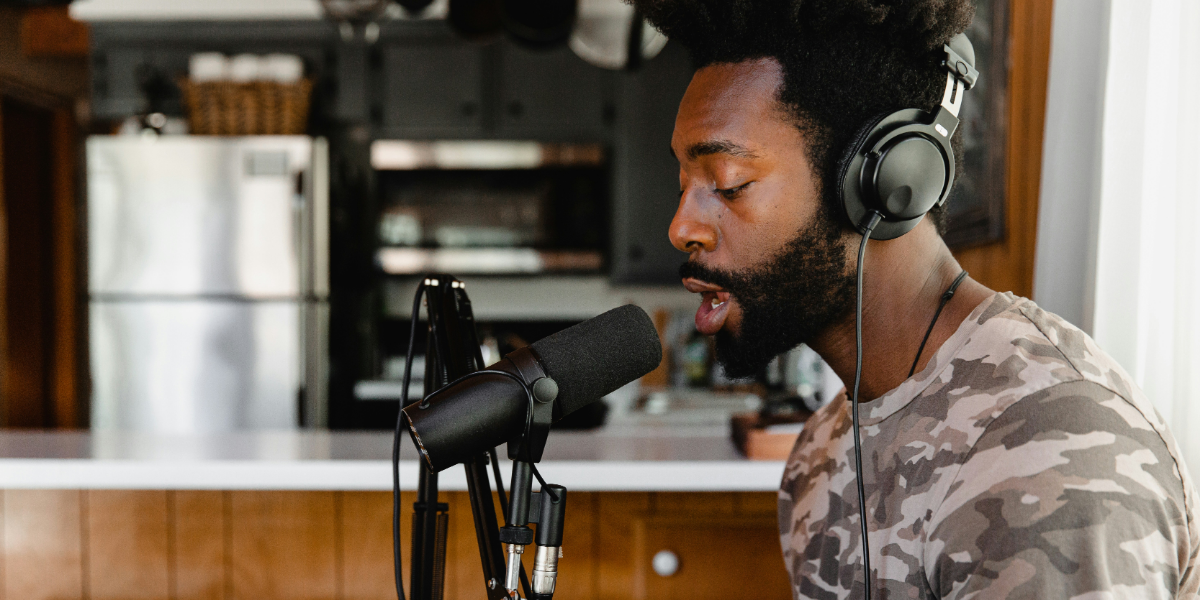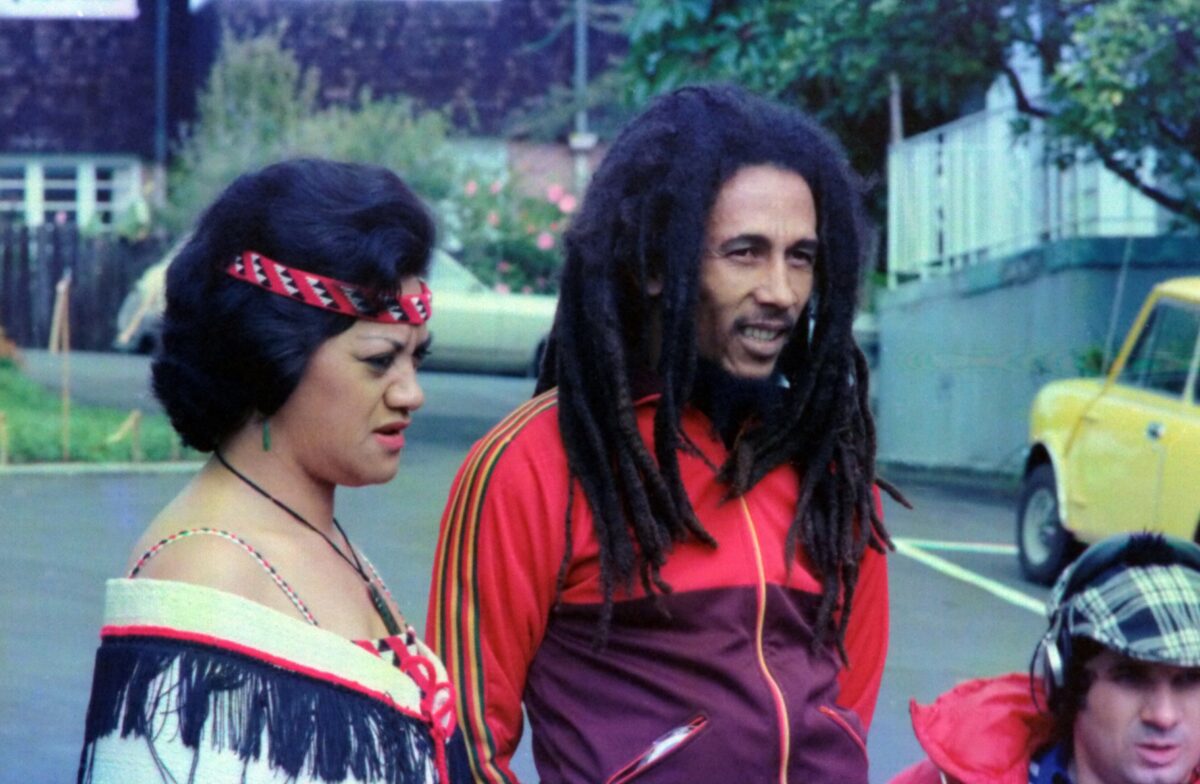Understanding How Streaming Platforms Support Artist Revenue
The rise of music streaming has fundamentally transformed the way artists earn income and reach their audience. Platforms like Spotify, Apple Music, and YouTube have introduced both subscription-based and ad-supported models that generate revenue for artists through streams. Each stream contributes to the artist’s earnings, with payments distributed to rights holders, labels, and artists.
Though individual payments per stream may seem low—averaging around $0.003 to $0.005 on platforms like Spotify—the cumulative effect of millions of streams can generate substantial revenue. These platforms offer a consistent and significant revenue stream for well-established artists, complementing income from other sources like concert ticket sales and merchandise.
Exploring Revenue Streams Through Music Streaming Platforms
Streaming services provide multiple revenue sources for artists, with royalties from direct payments being the primary form of income. For example, an artist who garners one million streams on Spotify may earn between $3,000 and $5,000 depending on the location of listeners and subscription type. While this might seem modest for a single song, these royalties can add up significantly over time, especially for artists with large and dedicated fan bases.
Furthermore, streaming platforms are a gateway for artists to boost other revenue sources. By offering a platform for global exposure, these services introduce artists to new audiences, potentially increasing physical and digital album sales, concert ticket sales, and merchandise. Streaming platforms drive other income-generating opportunities by allowing fans to discover an artist’s music easily, making them essential to an artist’s overall revenue model.
How Playlist Features on Streaming Platforms Drive Artist Revenue
Playlists are a key driver in increasing an artist’s streams and, consequently, their revenue. Landing a song on a popular playlist—whether it’s a high-profile editorial playlist on Spotify or a curated user-generated list—can massively boost an artist’s visibility and listener engagement. For emerging artists, being included on a major playlist can lead to a dramatic surge in streams, directly contributing to higher income from streaming royalties.
Platforms like Spotify have also introduced algorithm-driven playlists such as Discover Weekly and Release Radar, which suggest songs to users based on their listening habits. These playlists help artists expand their reach by introducing their music to listeners who may not have discovered them otherwise. For artists, appearing on these playlists can increase streams exponentially, driving both exposure and revenue.
Leveraging Social Media to Amplify Streaming Income
Social media platforms like Instagram, TikTok, and Twitter are crucial tools for driving traffic to an artist’s streaming profile. Using these platforms to promote their latest releases, engage with fans, and create viral content, artists can encourage more streams and generate additional revenue. Viral challenges, trends, and music-based videos on TikTok have become especially powerful in boosting an artist’s streams, leading to substantial revenue gains.
Collaborating with other artists on social media also enhances visibility, helping artists reach different audiences and boost their streaming figures. By cross-promoting each other’s music, artists can expose their work to a broader demographic, thus driving streams and increasing revenue potential. Social media engagement plays a central role in the success of many music careers today, offering a direct line to fans and increasing the potential for virality.
Monetizing YouTube Streams for Extra Revenue Opportunities
While YouTube primarily functions as a video-sharing platform, it offers lucrative revenue opportunities for artists through ad revenue and additional features like membership subscriptions and Super Chats during live streams. Music videos that attract large numbers of views can generate significant earnings from ads, and the revenue from these views often supplements earnings from streaming platforms.
In addition to monetization through ads, YouTube allows artists to reach an even larger audience. The ability to upload full-length music videos, live performance recordings, and behind-the-scenes content increases an artist’s exposure and provides a monetizable visual component. This integration of video and music offers artists an additional avenue for generating revenue, with many artists building substantial incomes through both platforms simultaneously.
The Future of Streaming Revenue and Its Impact on Artists
As streaming technology continues to evolve, it promises even more significant revenue opportunities for artists. New platforms and technologies, including decentralized blockchain-based services, are emerging, offering artists more control over their revenue and better transparency in royalty payments. These innovations may result in a more equitable distribution of streaming revenue, particularly for independent artists without access to major record-label deals.
Additionally, artists diversify their income streams through fan subscriptions, exclusive content, and live performance revenue. While streaming platforms are critical to modern revenue generation, artists now rely on multiple sources, including touring, merchandise, and digital content, to create a sustainable income model in the digital age.
Music streaming has revolutionized how artists generate income by providing global exposure and increasing accessibility to their music. While royalties per stream may be low, the potential for millions of streams has made this model a significant revenue stream. Playlists, social media promotion, and YouTube drive streams and artist income. As the industry continues to evolve with new technology, artists have even more opportunities to maximize their revenue through innovative strategies in the streaming landscape.
Published by: Holy Minoza












